Seven tips for gardening with kids
Children love getting their hands mucky, so gardening can be the perfect activity to do together that will help them learn more about nature whilst having fun.

Try our 7 top tips for turning your little one into a mini Mr Bloom!
1. Quick start your gardening

A great way to get started is to plant quick-sprouting seeds, so that impatient little ones can see the results of their hard work without much waiting around!
TOP TIP: Sunflower, cress and salad seeds provide really easy results and are a simple way to explain the process of planting seeds and seeing the rewards.
2. Herbs and vegetables
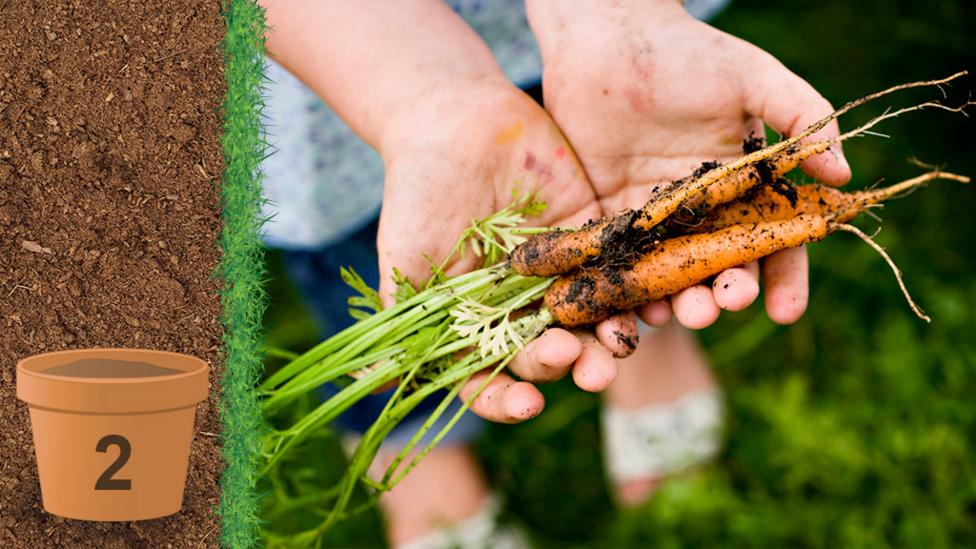
Once you’ve mastered step one, herbs such as basil and mint or vegetables such as tomatoes and lettuce are a fantastic next step.
TOP TIP: Why not try cooking with the herbs and vegetables you grow together. It helps children to learn where food comes from and it’s a fun way to encourage fussy eaters to try new foods!
3. Stimulate the senses
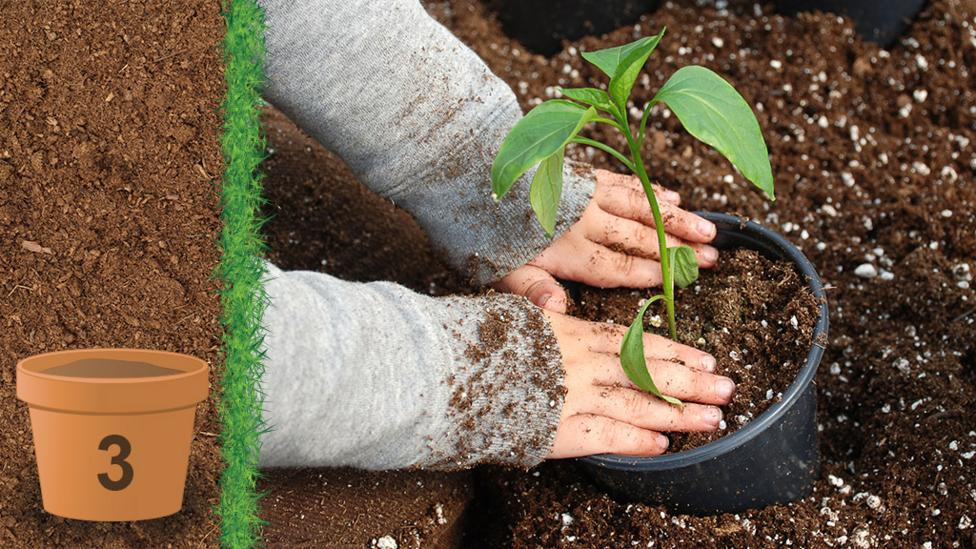
Planting in the garden is a great way to stimulate your child’s senses of touch, sight, sound, taste and smell – soft flowers, bushes and plants that rustle, strong smells and bright colours all help to enrich your child’s experience of gardening.
TOP TIP: Sensory plants can be particularly beneficial for children with special needs and sensory impairments, as it encourages them to explore and enjoy the garden.
4. Mini tools
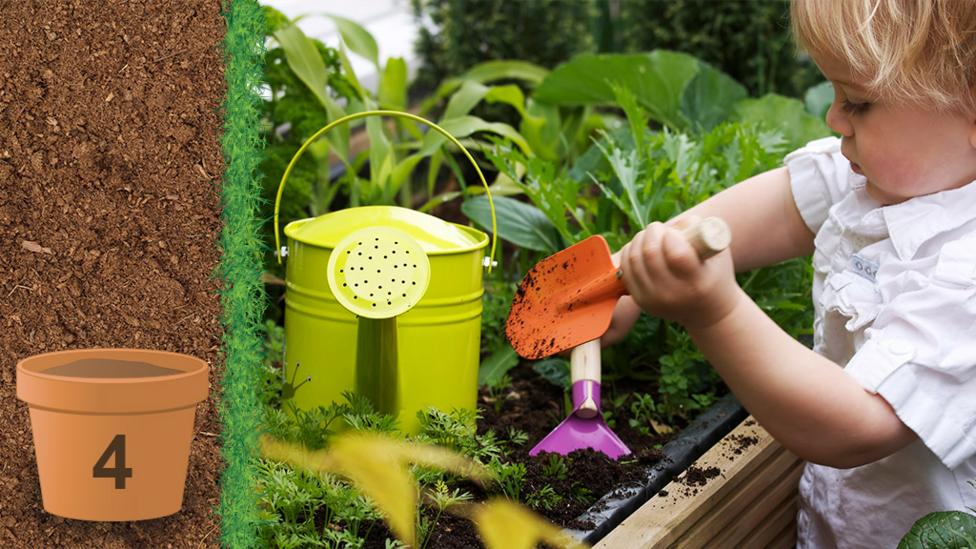
If your little one really loves getting out and about in the garden it can be helpful to get a set of child-friendly mini-tools that they can hold and use by themselves.
TOP TIP: Having a little watering can, rake, trowel and spade can really help build your child’s sense of independence as well as their physical movement and fine motor skills.
5. Getting down to it
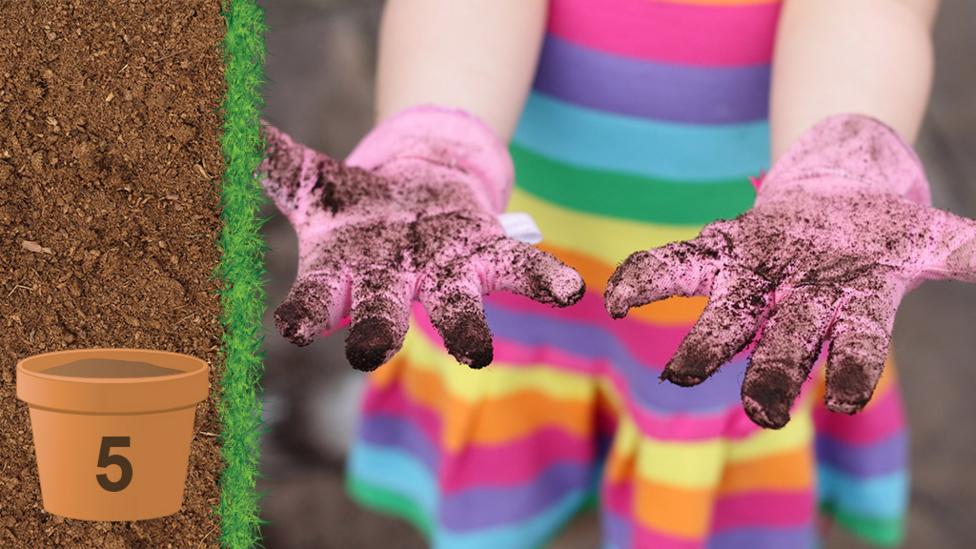
Set aside some old clothes as your little one’s ‘gardening clothes’. Working in the earth and soil has a high mess factor that children love so it’s a good idea to wear something that you don’t mind them getting messy.
TOP TIP: Don't forget sun cream and sun hats. Even on days that aren't particularly sunny, long spells in the garden mean that little ones still need skin protection – especially in the middle of the day.
6. Keeping them interested
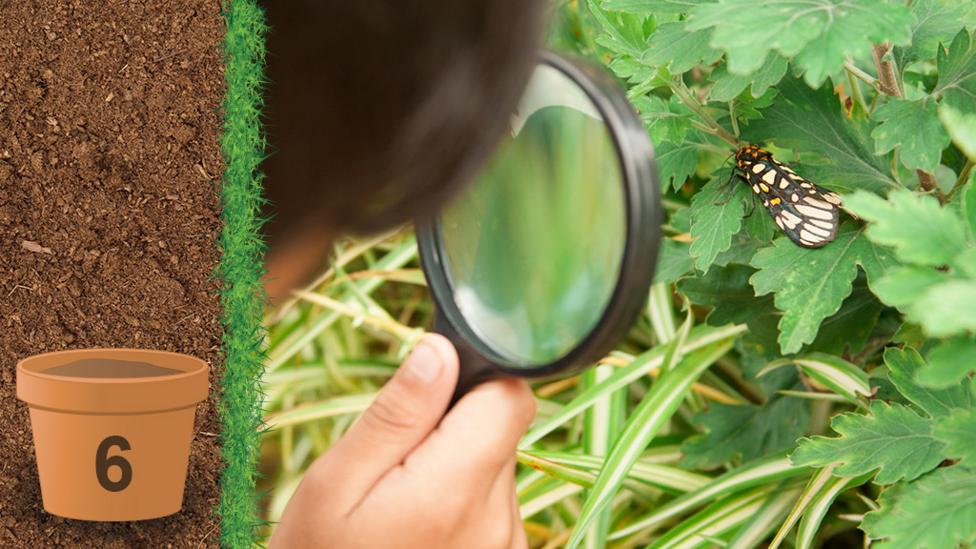
Children may be completely engrossed in gardening, but this isn’t always the case, so be prepared for the fact that they may have a limited attention span and won't be absorbed for more than a few minutes at a time. Asking lots of questions throughout the process can make them feel like they’re actively involved.
TOP TIP: It’s a good idea to keep things simple and have other gardening related activities up your sleeve to extend your child's interest, such as making plant labels, searching for minibeasts or even building a compost heap!
7. Where next?
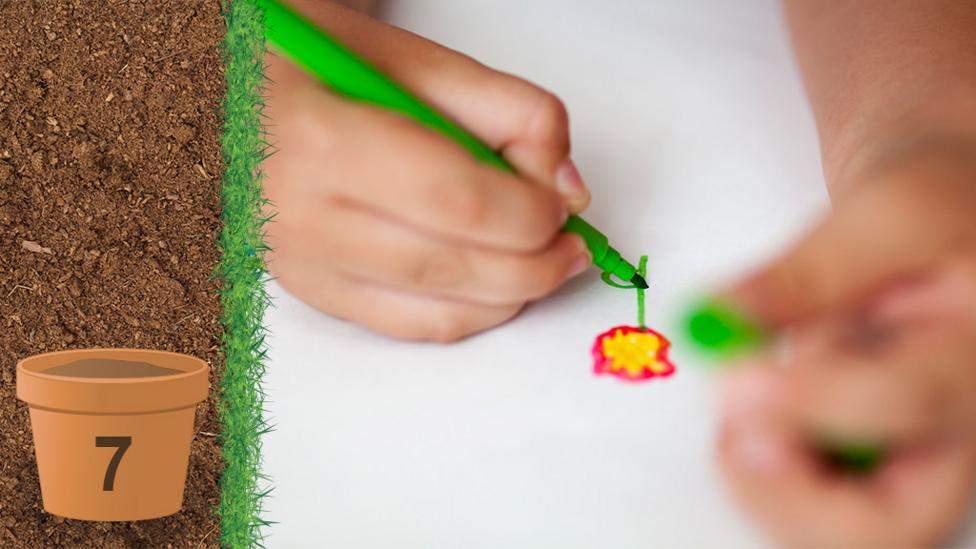
Try taking photos or drawing pictures of your plants with your little one at the different stages of bloom. Something like a sunflower works really well to show them how amazing the process of gardening can be.
TOP TIP:��Why not stick the pictures in a scrapbook to help your child remember the process of planting and growing, and to remind them how far their plant has come.